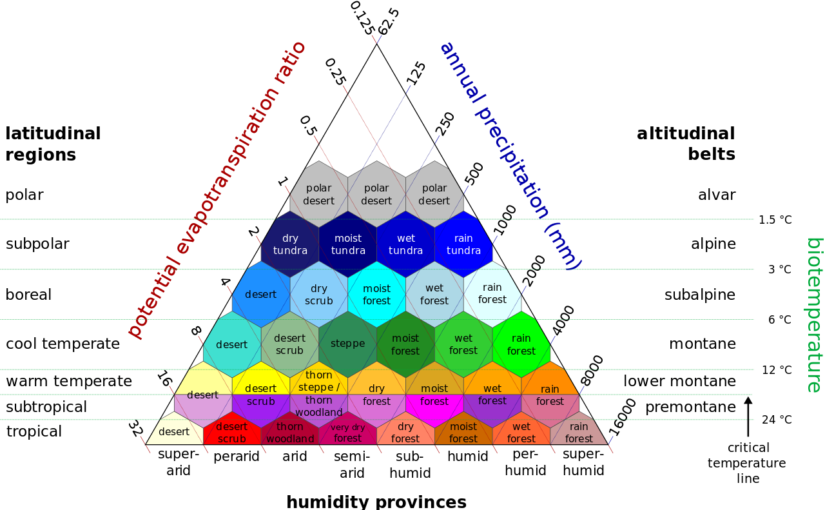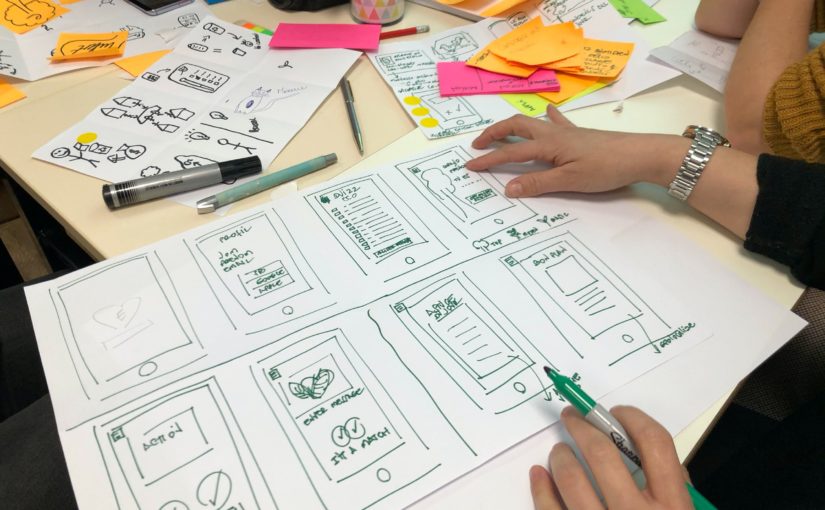To date, usability testing has been largely confined to usability labs. This ensures a controlled environment where users can interact with products or designs and researchers can field questions. The downside of this is not being able to get the context of use of what you are testing. But a recent project for a life science organization cemented the idea that taking user research out of the usability lab yields the best results.
Continue reading



